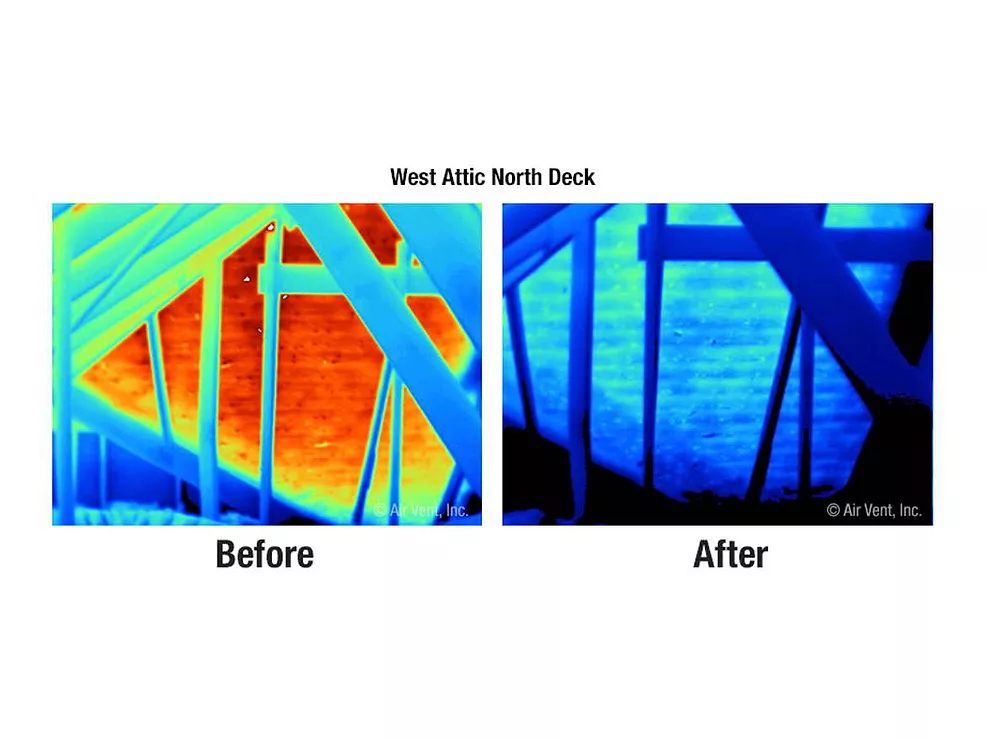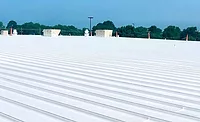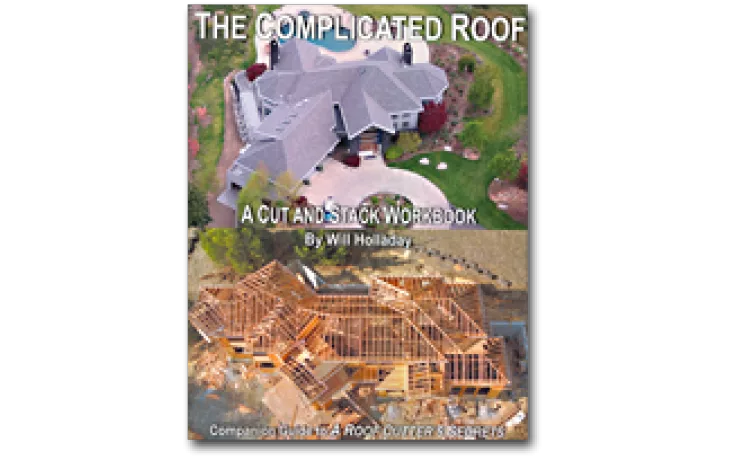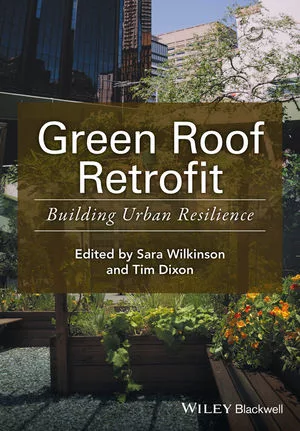Guest Column
Cool Roof Complexity
Claims that roof reflectivity mandates universally lower energy bills and enhance health are outdated

Image courtesy of Johns Manville
Editor's Note: This piece was submitted as a Letter to Editor and lightly edited to clarify statements related to the article in question before being published.
The recent RC article "The Battle Over Cool Roofs Heats Up Following Tennessee Rollbacks" oversimplifies a highly technical debate by framing highly reflective white roofs, also called “cool roofs,” as universally beneficial and portraying any disagreement as the work of a so-called "dark roof lobby." The reality is far more complex, as building owners and roof system designers must comply with a litany of building and energy conservation code provisions and standard of care principles grounded in modern climate and building science. Diligent designers also strive for roof assemblies that complement full building performance and that are resilient.
As a forensic architect with over thirty years of experience designing roof assemblies, I have found that designers are focused on holistic sustainability support codes and standards that allow architects, consultants, and building owners to utilize roof assemblies that balance energy efficiency, proper storm drainage, durability, fire resistance, thermal resistance, minimization of embodied carbon, ease of maintenance, resilience, longevity, and cost – not just surface reflectance. The design and performance of roof assemblies depend on a multitude of variables, including but not limited to insulation thickness and slope, building location and climate zone, building use and exposure, calculated wind uplift pressure resistance, service life, and maintenance. It is not a one-attribute decision.
The article notes the American Society of Heating, Refrigerating and Air-Conditioning Engineers' support of universally mandated, highly reflective white roofing as a heat island mitigation and energy efficiency strategy. I find this strange as energy efficiency codes, developed with input from the scientific community, generally limit mandatory highly reflective roof surfaces to Climate Zones 0-3 (Southern U.S.), and only where such roofs are above cooled conditioned spaces. This is because the underlying science is far more complex than presented in the article. While highly reflective white roofs can provide significant benefits in specific hot-dry climates, evidence from multiple peer-reviewed studies urges caution against universal mandates, especially in mixed climates like Tennessee and more northerly locations where condensation is a significant concern.
Moreover, claims that mandatory roof reflectance requirements universally lower energy bills and enhance health outcomes are outdated. They do not consider the increased minimum thermal resistance (insulation) standards that have been adopted in most U.S. jurisdictions. These newer energy conservation codes typically require three times or more insulation than was commonly used 25 years ago, when such claims first gained popularity. With proper insulation, the color of the roof has little effect on energy bills in climate zones 4-8 and climate zone 3, depending on the building type and configuration. Reflective roof mandates also fail to fully account for winter heating penalties, building envelope design, and regional climate profiles. In many mixed and heating-dominated zones, highly reflective white roofs may increase the energy cost over the life cycle of the roof.
Additionally, research from Harvard (Cheng & McColl, 2024), Stanford (Jacobson & Ten Hoeve, 2011) and others highlight how widespread deployment of highly reflective white roofs can increase local temperatures, reduce precipitation, impair air quality, and even contribute to net global warming. These unintended consequences are especially pronounced in urban microclimates where highly reflective surfaces disrupt atmospheric mixing and surface energy balances. In fact, the Harvard study suggests that heat reflected from white roofs is largely dispersed to communities of color. In other words, mandates that permit only highly reflective white roofs in the mixed climates of much of the U.S. will have unintended consequences of higher local air temperatures, reduced precipitation, atmospheric stagnation, impaired air quality, and even global warming feedback effects. When experts disagree on specific studies, it highlights the importance of ensuring policies reflect the complexity of entire systems instead of implementing single-variable mandates that force the use of highly reflective roof surfaces without considering potential adverse effects.
I would also note that ... companies that are against highly reflective white roof mandates are manufacturers that produce the full spectrum of roofing membranes and assemblies, including highly reflective white roofs, gray roofs, tan roofs, dark roofs, and hybrid designs, allowing design professionals to select the best system based on climate, occupancy, durability, and lifecycle goals.
What I and other roof system designers advocate for is performance-based flexibility, allowing architects, designers, and building owners to specify roof systems tailored to full-building needs, rather than being forced into one-size-fits-all color mandates. Simplistic mandates may look like climate policy, but ignoring the broader science risks undermining sustainability, decarbonization, resilience, energy efficiency, recyclability, durability, longevity, and lifecycle costs.
Looking for a reprint of this article?
From high-res PDFs to custom plaques, order your copy today!







